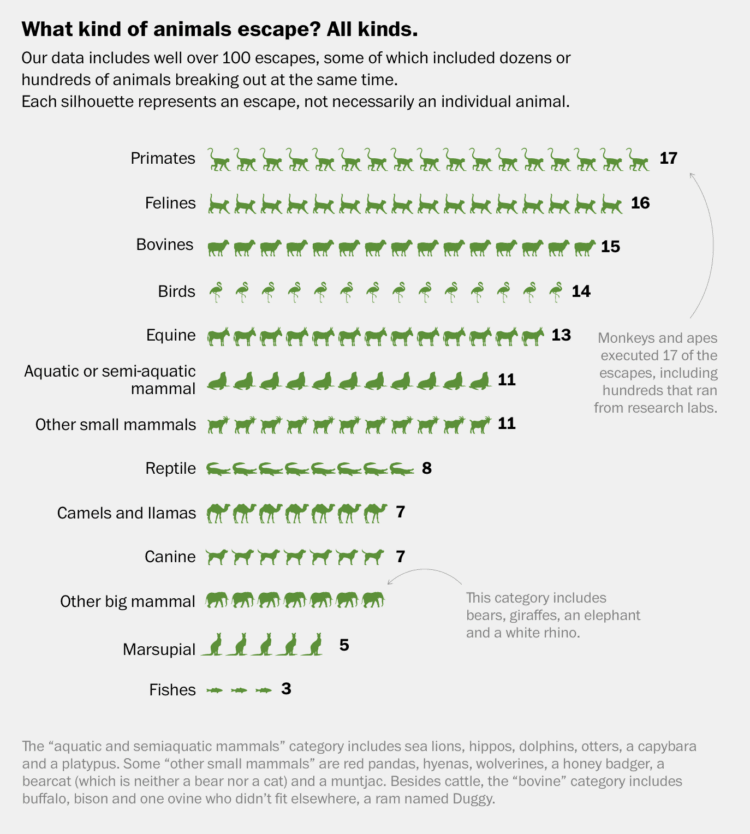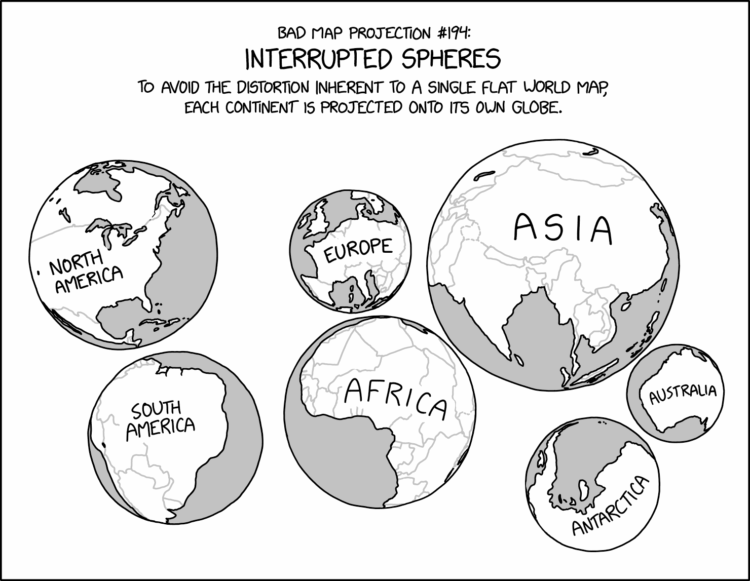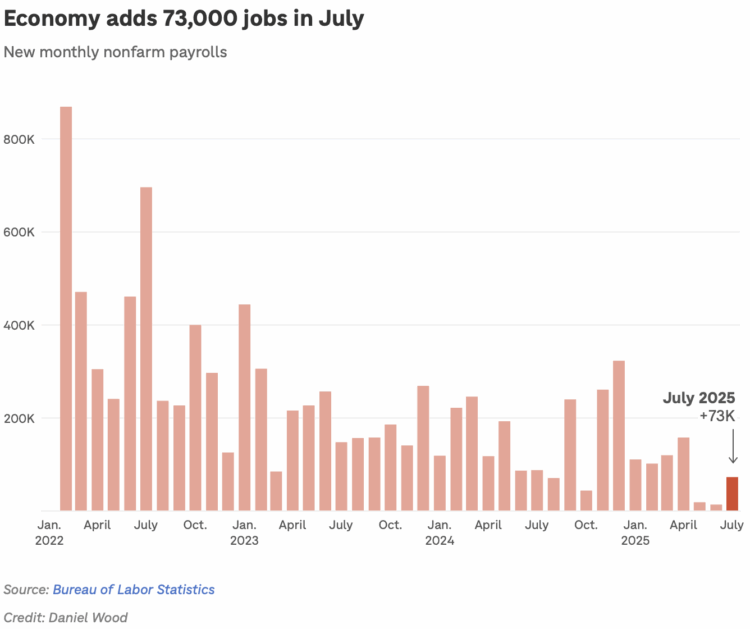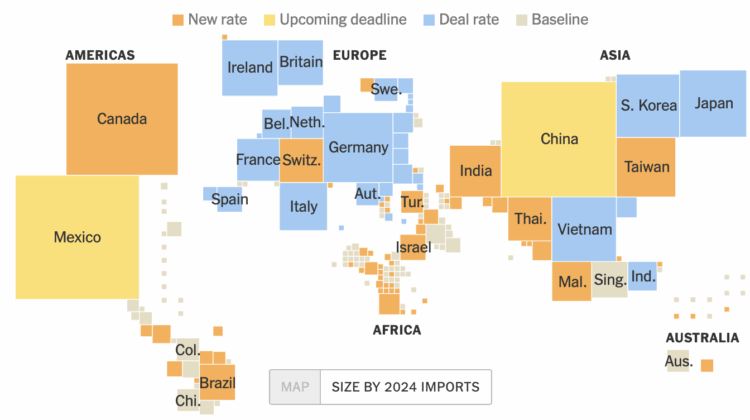Hansi Lo Wang reporting for NPR:
The 14th Amendment requires the “whole number of persons in each state” to be included in a key set of census numbers used to determine how presidents and members of Congress are elected.
It’s unclear if Trump — who, according to the Constitution, does not have final authority over the census — is referring to the regularly scheduled national head count in 2030 or an earlier tally.
Trump said he’s instructed the Commerce Department, which oversees the Census Bureau, to “immediately begin work” on a census using “the results and information gained from the Presidential Election of 2024.” It’s unclear why the election results would matter to the census.
The Trump announcement comes just a couple weeks after the Census Bureau released their operational plan for the 2030 count, naturally.











 Visualize This: The FlowingData Guide to Design, Visualization, and Statistics (2nd Edition)
Visualize This: The FlowingData Guide to Design, Visualization, and Statistics (2nd Edition)










